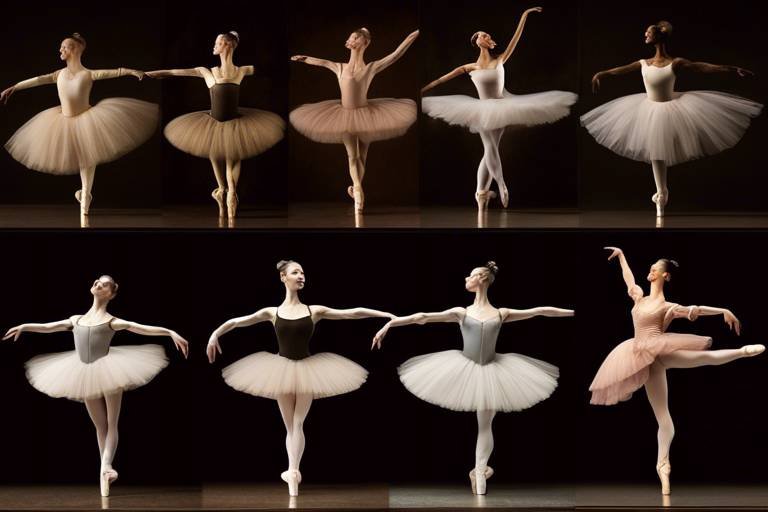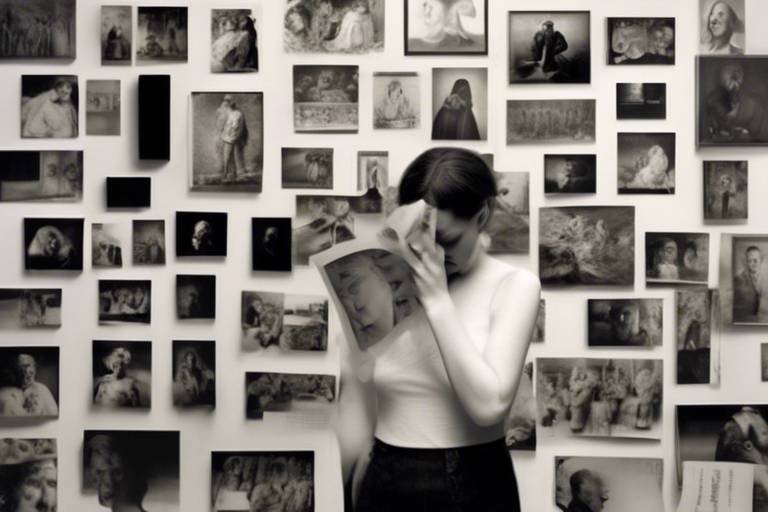The Artistic Influence of Ancient Egyptian Hieroglyphs
Ancient Egyptian hieroglyphs hold a mystical allure, captivating artists and enthusiasts alike with their intricate symbols and rich history. These ancient characters, once used for communication and recording information, have transcended time to leave a lasting impact on art and design across diverse cultures and eras.
The mesmerizing symbolism embedded within each hieroglyph tells stories of gods, pharaohs, and everyday life in ancient Egypt. From representations of sacred animals to depictions of powerful deities, these symbols carry layers of meaning that have fascinated scholars and artists for centuries.
One of the most notable aspects of ancient Egyptian hieroglyphs is their portrayal of gods and pharaohs. These divine figures were immortalized through intricate symbols, reflecting the society's reverence for their rulers and belief in the divine origins of their leaders. The hieroglyphs not only captured the physical attributes of these figures but also conveyed their spiritual significance.
Within religious art, hieroglyphs played a crucial role in conveying spiritual beliefs and rituals. The intricate combination of symbols in temple inscriptions and sacred texts provided a visual language for expressing the Egyptians' deep-rooted connection to the divine. These hieroglyphic compositions served as a gateway to the spiritual realm, bridging the gap between the mortal and the divine.
The influence of ancient Egyptian hieroglyphs extends beyond the boundaries of time, shaping the very fabric of modern typography and graphic design. The visual elements and geometric precision of hieroglyphs have inspired contemporary designers to explore new avenues of creativity, infusing their work with a sense of ancient mystique and cultural richness.
In the realm of advertising and branding, the aesthetics of hieroglyphs have been harnessed to create visually striking campaigns that resonate with audiences on a deep, symbolic level. By incorporating elements of ancient Egyptian design into modern branding strategies, companies have been able to tap into the timeless allure of hieroglyphs to convey messages of strength, longevity, and cultural heritage.
Contemporary artists have also embraced the legacy of ancient Egyptian hieroglyphs, incorporating these symbolic elements into their work to evoke themes of mystery, spirituality, and cultural identity. Through innovative interpretations and modern adaptations, artists continue to pay homage to the enduring influence of hieroglyphs on artistic expression.
Furthermore, hieroglyphs serve as a powerful tool for political and social commentary in contemporary art. By reimagining these ancient symbols in the context of modern issues, artists can convey powerful messages about society, politics, and identity, sparking meaningful conversations and challenging prevailing narratives.
The preservation and study of hieroglyphs remain a vital endeavor, with ongoing efforts dedicated to unraveling the mysteries encoded within these ancient symbols. Through meticulous research and technological advancements, scholars continue to deepen our understanding of hieroglyphic texts, shedding light on the cultural, historical, and linguistic significance of ancient Egyptian writing.

Symbolism in Ancient Egyptian Hieroglyphs
Ancient Egyptian hieroglyphs are not merely a form of writing but a rich source of symbolism that has captivated artists and scholars for centuries. Each symbol in hieroglyphic script carries profound meanings and significance, reflecting the beliefs, culture, and values of the ancient Egyptians. These symbols were not just letters but intricate representations of ideas, objects, and concepts, creating a visual language that transcended mere communication.
The use of symbolism in ancient Egyptian hieroglyphs was extensive and varied, with each symbol holding multiple layers of meaning. For example, the ankh symbol represented life and immortality, while the eye of Horus symbolized protection and healing. The scarab beetle symbolized regeneration and rebirth, reflecting the Egyptians' beliefs in the afterlife and cyclical nature of existence.
Moreover, the combination of symbols in hieroglyphic writing often conveyed complex ideas and narratives, allowing for a nuanced and detailed expression of thought. The intricate nature of hieroglyphs enabled the ancient Egyptians to record historical events, religious beliefs, and mythological stories in a visually engaging and symbolic manner.
Understanding the symbolism in ancient Egyptian hieroglyphs provides insights into the mindset and worldview of this ancient civilization. It allows us to delve into their religious beliefs, societal structures, and cultural practices, offering a glimpse into the rich tapestry of Egyptian life and thought.

Depiction of Gods and Pharaohs
Ancient Egyptian hieroglyphs are renowned for their intricate depictions of gods and pharaohs, offering a window into the religious and political landscape of the time. The symbols used to represent these divine and royal figures were not merely artistic representations but held deep symbolic meanings that conveyed power, authority, and divine connections. Pharaohs, as the rulers of ancient Egypt, were often depicted in hieroglyphs with symbols of crowns, scepters, and other regal insignia, highlighting their status as the earthly embodiment of gods.
The gods of ancient Egypt, such as Ra, Osiris, and Isis, were frequently portrayed in hieroglyphs with distinct symbols representing their unique attributes and roles in the divine pantheon. These depictions served not only as artistic representations but also as a means of invoking the presence and blessings of these deities in various rituals and religious ceremonies. The intricate details and symbolism in the portrayal of gods and pharaohs in hieroglyphs reflected the complex religious beliefs and hierarchical structure of ancient Egyptian society.
Furthermore, the use of hieroglyphs to depict gods and pharaohs extended beyond mere representation, delving into the realm of storytelling and mythological narratives. Hieroglyphic inscriptions on temple walls and tombs often depicted elaborate scenes from religious texts and mythological stories, providing a visual narrative that reinforced the religious and cultural values of ancient Egyptian society. The combination of symbolic imagery and textual elements in hieroglyphs created a rich tapestry of visual storytelling that continues to captivate and inspire artists and historians to this day.
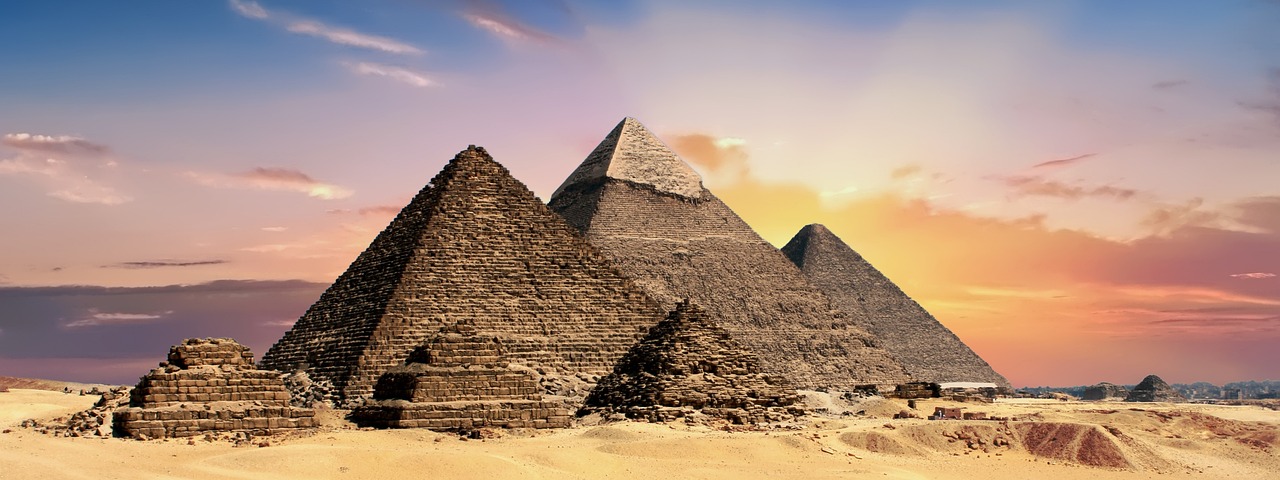
Use of Hieroglyphs in Religious Art
The use of hieroglyphs in religious art in ancient Egypt was deeply intertwined with the spiritual beliefs and practices of the civilization. Hieroglyphs were not merely decorative elements but held profound symbolic meanings that reflected the Egyptians' understanding of the divine and the afterlife. These intricate symbols were used to represent various deities, rituals, and concepts central to their religious worldview.
One of the most prominent examples of hieroglyphs in religious art is the depiction of gods and goddesses. Each deity was associated with specific hieroglyphic symbols that conveyed their attributes and roles in the divine hierarchy. For instance, the symbol of an ankh, resembling a cross with a loop at the top, represented life and immortality, often linked to the god Osiris, the ruler of the underworld.
Moreover, hieroglyphs were utilized in the inscriptions found in temples, tombs, and sacred texts, enhancing the spiritual significance of these spaces. The intricate carvings and paintings featuring hieroglyphic texts served not only as decorative elements but also as conduits for communication with the gods and ancestors, ensuring their presence and blessings in the afterlife.
The use of hieroglyphs in religious art also extended to funerary practices, where elaborate spells and incantations were inscribed on tombs and sarcophagi to guide the deceased through the perilous journey to the afterlife. These texts, often accompanied by symbolic representations of offerings and protective deities, aimed to secure the individual's safe passage and eternal existence in the divine realm.
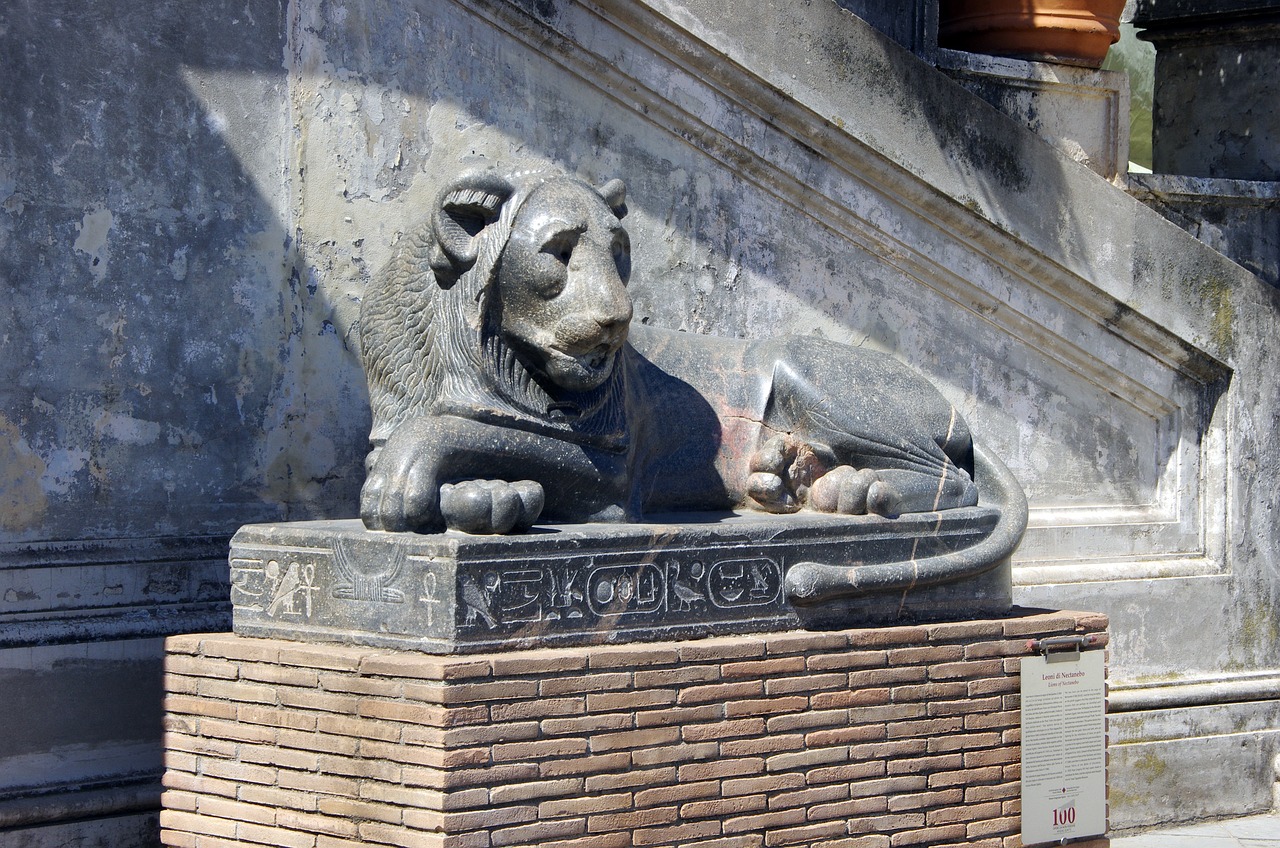
Influence on Modern Typography
When we delve into the realm of modern typography, it's fascinating to uncover the profound influence ancient Egyptian hieroglyphs have had on shaping the visual language of today. The intricate symbols and pictorial representations found in hieroglyphs have sparked creativity and innovation in the field of typography, paving the way for unique and captivating designs.
One of the key ways in which ancient Egyptian hieroglyphs have influenced modern typography is through their visual appeal and symbolic nature. Just as hieroglyphs were used to convey meaning through images, modern typography often incorporates visual elements to enhance communication and evoke emotions. The bold lines, geometric shapes, and intricate details seen in hieroglyphs have inspired contemporary designers to experiment with new forms and styles in their typographic creations.
Moreover, the symbolic significance of hieroglyphs has transcended time and culture, making them a timeless source of inspiration for typographic design. By drawing on the rich history and meanings associated with ancient Egyptian symbols, modern typographers are able to infuse their work with layers of depth and significance, creating visually striking compositions that resonate with viewers on a profound level.
Furthermore, the influence of ancient Egyptian hieroglyphs can be seen in various aspects of modern typography, from logo design to digital fonts. The use of abstract shapes, stylized figures, and intricate patterns reminiscent of hieroglyphic writing adds a touch of mystique and sophistication to typographic designs, setting them apart in a crowded visual landscape.
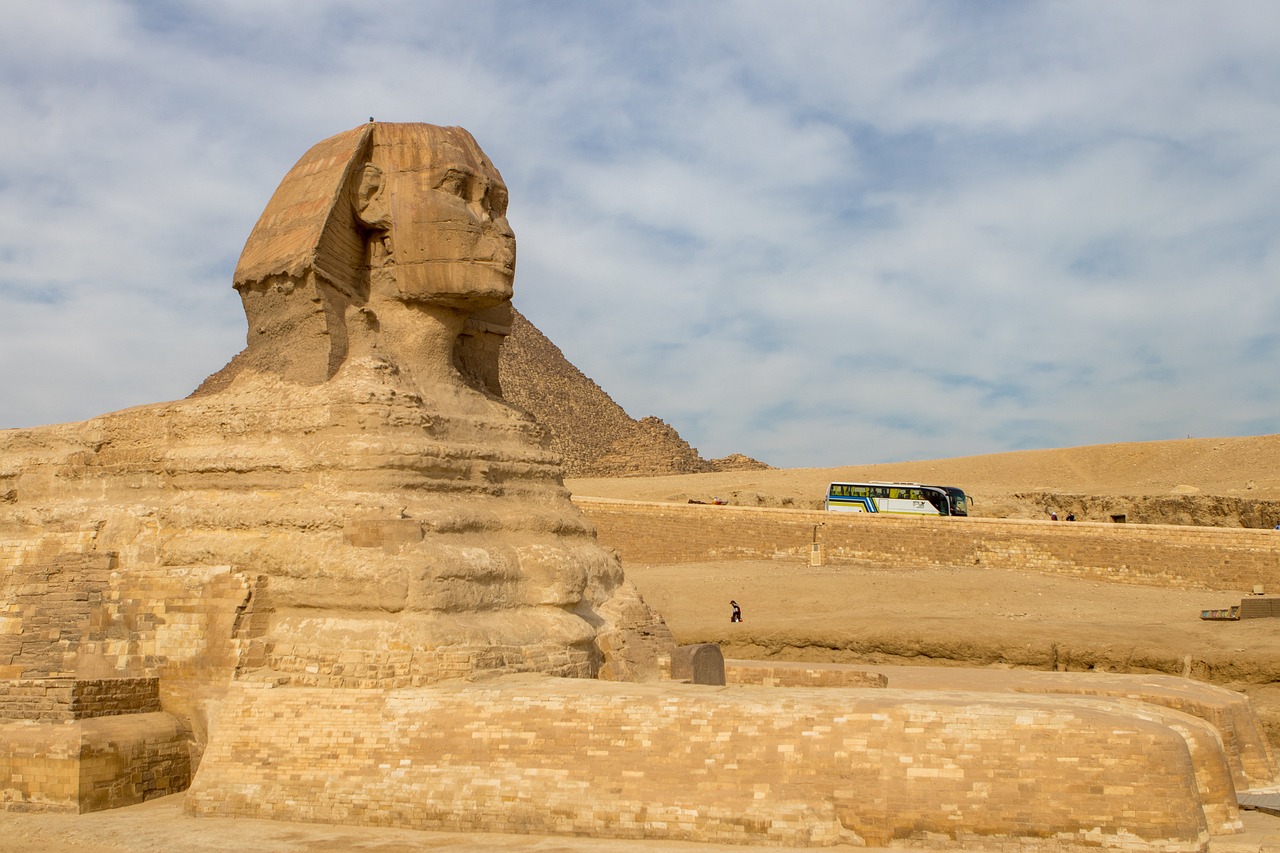
Typography in Advertising and Branding
Exploring how ancient Egyptian hieroglyphs have inspired and influenced art across different cultures and time periods.
Understanding the meanings and significance of various symbols used in ancient Egyptian hieroglyphs.
Exploring how ancient Egyptian hieroglyphs portrayed deities, rulers, and important figures.
Examining the role of hieroglyphs in religious art and their connection to spiritual beliefs.
Discussing how the visual elements of ancient Egyptian hieroglyphs have influenced modern typography and graphic design.
The influence of ancient Egyptian hieroglyphs on modern typography extends to the world of advertising and branding. The unique visual appeal and symbolic nature of hieroglyphs have been harnessed by marketers to create memorable and impactful campaigns. By incorporating elements of hieroglyphs into logos, advertisements, and product designs, brands can evoke a sense of mystery, history, and sophistication. This use of hieroglyph-inspired typography adds a layer of depth and cultural richness to marketing strategies, capturing the attention of audiences and leaving a lasting impression.
Analyzing how artists today incorporate elements of ancient Egyptian hieroglyphs in their work.
Examining how contemporary artists use hieroglyphs to convey messages about current political and social issues.
Highlighting the efforts to preserve ancient Egyptian hieroglyphs and the ongoing research in deciphering their meanings.

Hieroglyphs in Contemporary Art
In contemporary art, the influence of ancient Egyptian hieroglyphs can be seen in various forms and expressions. Artists today often draw inspiration from the visual language and symbolism of hieroglyphs to create unique and thought-provoking pieces. By incorporating elements of hieroglyphs into their work, artists are able to connect with the rich history and cultural heritage of Egypt while also adding layers of meaning to their art.
Some contemporary artists use hieroglyphs as a way to explore themes of identity, spirituality, and human connection. By blending the ancient symbols with modern techniques and concepts, these artists create a bridge between the past and the present, inviting viewers to reflect on the continuity of human experience across time. The use of hieroglyphs in contemporary art serves as a reminder of the enduring power of visual communication and the universal appeal of symbols in conveying complex ideas and emotions.
Moreover, hieroglyphs in contemporary art are not merely decorative elements but are often employed to convey deeper messages and narratives. Artists leverage the cryptic nature of hieroglyphs to engage viewers in deciphering hidden meanings and unraveling the stories embedded within the artwork. This interactive aspect of hieroglyphs in contemporary art adds a layer of intrigue and mystery, inviting viewers to actively participate in the interpretation of the artwork.
Furthermore, the use of hieroglyphs in contemporary art can also be a form of homage to the ancient Egyptian civilization and its contributions to art and culture. By incorporating elements of hieroglyphs in their creations, artists pay tribute to the ingenuity and creativity of the ancient Egyptians, highlighting the enduring legacy of their artistic achievements. This fusion of past and present, tradition and innovation, creates a dynamic dialogue that enriches the artistic landscape and fosters cross-cultural connections.

Political and Social Commentary through Hieroglyphs
Political and social commentary through hieroglyphs is a fascinating aspect of contemporary art that delves into the intersection of ancient symbolism and modern issues. Artists today use hieroglyphs as a powerful tool to convey messages about the political landscape and social challenges we face. By infusing ancient symbols with current events and societal critiques, these artists create thought-provoking pieces that spark conversations and provoke introspection.
Imagine hieroglyphs as a universal language that transcends time, allowing artists to communicate complex ideas in a visually striking manner. Just as ancient Egyptians used these symbols to record their beliefs and stories, modern artists use hieroglyphs to document our contemporary world and express their perspectives on pressing matters. Through this unique blend of ancient artistry and modern context, hieroglyphs become a medium for social commentary that resonates with viewers on a profound level.
These contemporary artworks often serve as mirrors reflecting the triumphs and tribulations of our society, challenging viewers to confront uncomfortable truths and consider alternative viewpoints. By incorporating hieroglyphs into their creations, artists bridge the gap between past and present, inviting audiences to reconsider history, power dynamics, and societal norms through a fresh lens. The juxtaposition of ancient symbols with current issues creates a dynamic dialogue that invites interpretation and encourages critical thinking.
Moreover, the use of hieroglyphs in political and social commentary adds layers of complexity to the art, inviting viewers to decode the messages hidden within the symbols. Just as ancient scribes carefully crafted each hieroglyph to convey specific meanings, contemporary artists strategically place symbols to convey their thoughts on contemporary issues. This intentional blending of ancient and modern symbolism creates a rich tapestry of visual storytelling that invites viewers to engage with the artwork on multiple levels.
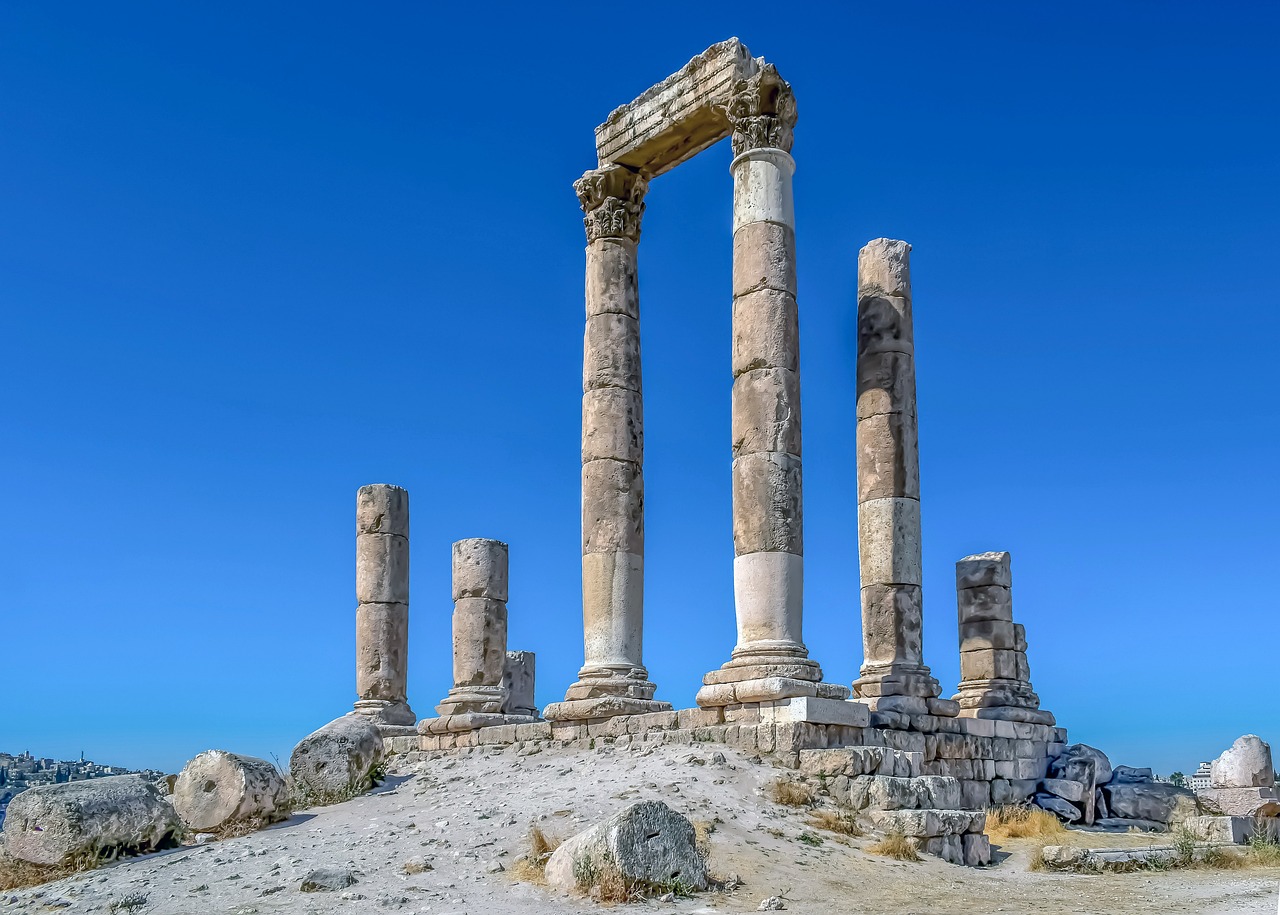
Preservation and Study of Hieroglyphs
Exploring how ancient Egyptian hieroglyphs have inspired and influenced art across different cultures and time periods.
Preserving the intricate symbols and meanings of ancient Egyptian hieroglyphs is crucial for understanding the rich history and culture of Egypt. Archaeologists and linguists work tirelessly to decode and study these ancient writings, unraveling the mysteries of the past. Through meticulous research and analysis, experts piece together the stories and beliefs encapsulated in these enigmatic symbols, shedding light on the civilization that gave birth to them.
Efforts to preserve hieroglyphs extend beyond academic study. Conservationists and historians strive to protect ancient hieroglyphic inscriptions carved into temple walls, tombs, and artifacts from the ravages of time and environmental factors. By safeguarding these priceless relics, we ensure that future generations can continue to marvel at the beauty and complexity of Egyptian hieroglyphs.
The study of hieroglyphs also involves collaboration with modern technology. Advanced imaging techniques, such as multispectral imaging and laser scanning, aid in deciphering faded or damaged inscriptions, bringing hidden details to light. Through a combination of traditional scholarship and cutting-edge technology, researchers push the boundaries of knowledge, uncovering new insights into the ancient Egyptian language and culture.
Moreover, the global interest in hieroglyphs has led to international partnerships and initiatives dedicated to their preservation and study. Museums, universities, and cultural institutions around the world collaborate to exchange knowledge, share resources, and promote awareness of the importance of preserving this invaluable heritage. By fostering a collective effort to safeguard and understand hieroglyphs, we ensure that their legacy endures for generations to come.
Frequently Asked Questions
- What are hieroglyphs?
Hieroglyphs are a system of writing used by ancient Egyptians, consisting of pictorial symbols representing objects, sounds, or concepts. They were carved or painted on walls, tombs, and other surfaces.
- How were hieroglyphs deciphered?
The decipherment of hieroglyphs is largely credited to the discovery of the Rosetta Stone, which contained the same text in three scripts: hieroglyphic, demotic, and Greek. Scholars were able to use the Greek text as a key to unlock the hieroglyphic script.
- What do hieroglyphs symbolize?
Hieroglyphs symbolize a wide range of concepts, including objects, actions, sounds, and ideas. They were used for religious texts, historical inscriptions, and monumental art, conveying both literal and symbolic meanings.
- How did hieroglyphs influence modern art?
The visual elements and symbolism of hieroglyphs have inspired various art movements and design styles. Artists and designers have drawn inspiration from the intricate patterns and iconic figures found in ancient Egyptian hieroglyphs.
- Are hieroglyphs still used today?
While hieroglyphs are no longer used as a primary form of writing, they continue to influence contemporary art, design, and typography. Artists and designers often incorporate hieroglyphic motifs into their work as a homage to this ancient writing system.





